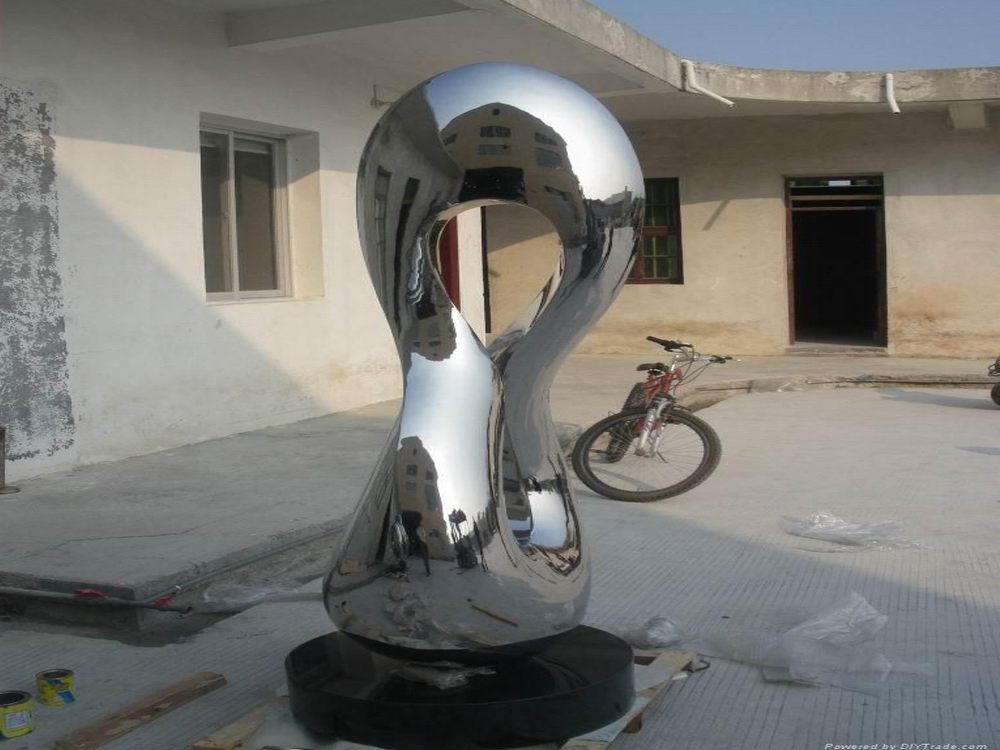
Bronze sculptures have long served as a vital link in the historical continuity of sculptural traditions, embodying both artistic mastery and cultural memory. Since their emergence in ancient civilizations like Mesopotamia, China, and Greece, bronze works have preserved techniques, narratives, and aesthetic values across millennia.
The durability of bronze—resistant to corrosion and environmental decay—allows these artworks to survive where other materials perish, creating tangible connections to past artistic practices. Lost-wax casting methods perfected in antiquity are still employed today, demonstrating an unbroken technical lineage.
Moreover, bronze sculptures often depict mythological, religious, or historical themes that reveal evolving cultural priorities. The Benin Bronzes document African court rituals, while Renaissance bronzes showcase Europe's classical revival. Contemporary artists continue using bronze to engage with tradition while innovating, proving the material's timeless relevance.
By physically preserving ancient craftsmanship and symbolically carrying forward cultural identities, bronze sculptures maintain an uninterrupted dialogue between past and present sculptors. They serve as three-dimensional archives, ensuring that sculptural knowledge and appreciation endure for future generations to study and reinterpret.

